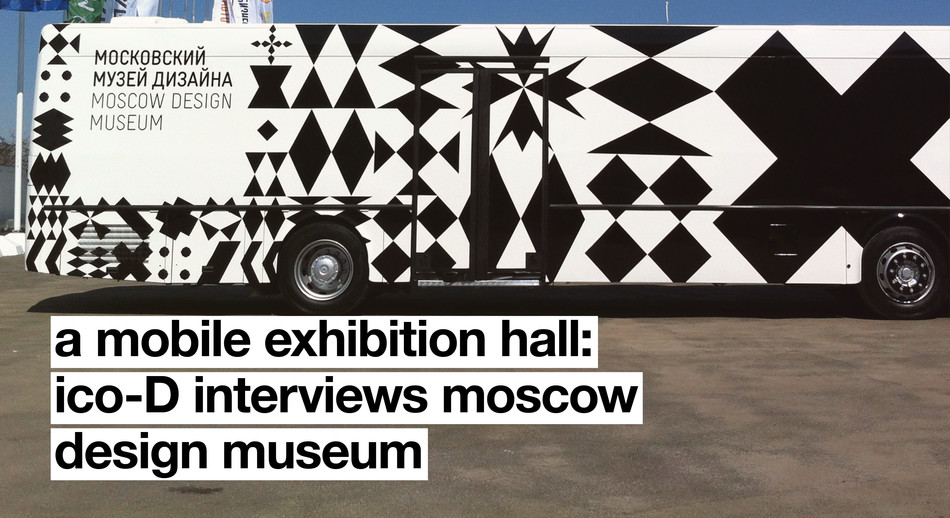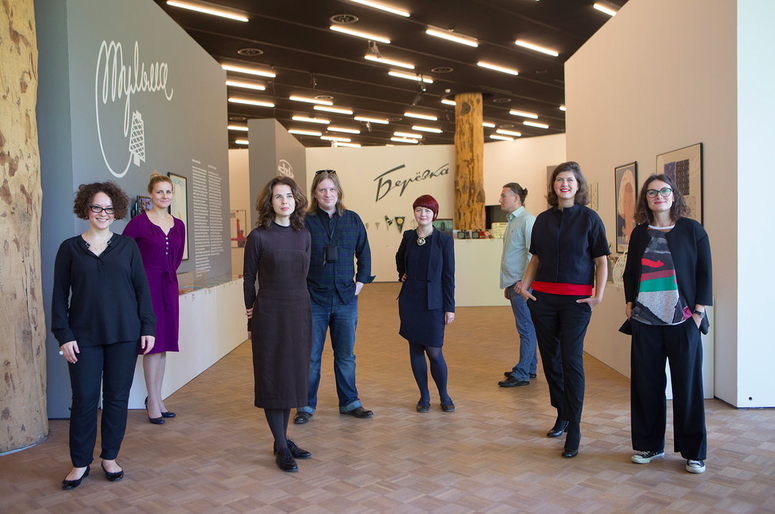interview | Moscow Design Museum

07.03.2017 Industry news
(All photo credits to Moscow Design Museum)
After recently showing at the London Design Biennale, Moscow Design Museum (MDM) Director Alexandra Sankova was interviewed by ico-D to talk about how ambitious beginnings and adaptability has led to their success in showcasing Russian and Soviet Design.
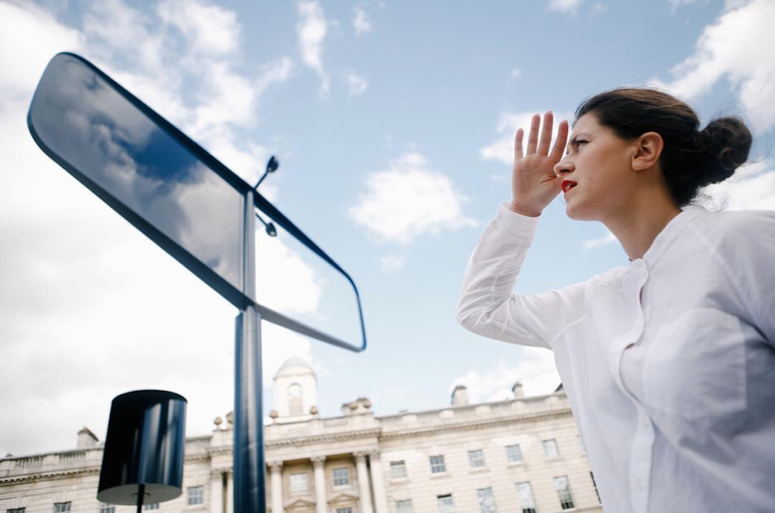
Alexandra Sankova, Director of the Moscow Design Museum.
01
Who are the founders of the MDM? Describe your beginnings as a curator for the Moscow Design Museum compared to how things are rolling now.
The Moscow Design Museum was founded in 2012 by a team of young designers, architects, curators including Stepan Lukianov, Nadezjda Bakuradze and Vlera Patkonen. There were not any museums in Russia devoted to industrial design, and we decided that we had to establish one. We did not have any financial support from the government or sponsors so we just put together our private collections.
Our first idea for the Moscow Design Museum was related to agitation, or propaganda, inspired by the trains of the1920s, when the Russian avant-garde artists were travelling around the country in order to educate and enlighten people.
So at first we decided to make our museum in a bus that was supposed to be a kind of mobile exhibition hall. We were working on this when we met Marina Loshak. She was just appointed as a head of the Central Exhibition Hall Manege in Moscow (a manège is an indoor riding academy, this one is adjacent to the Red Square) (https://en.wikipedia.org/wiki/Moscow_Manege).
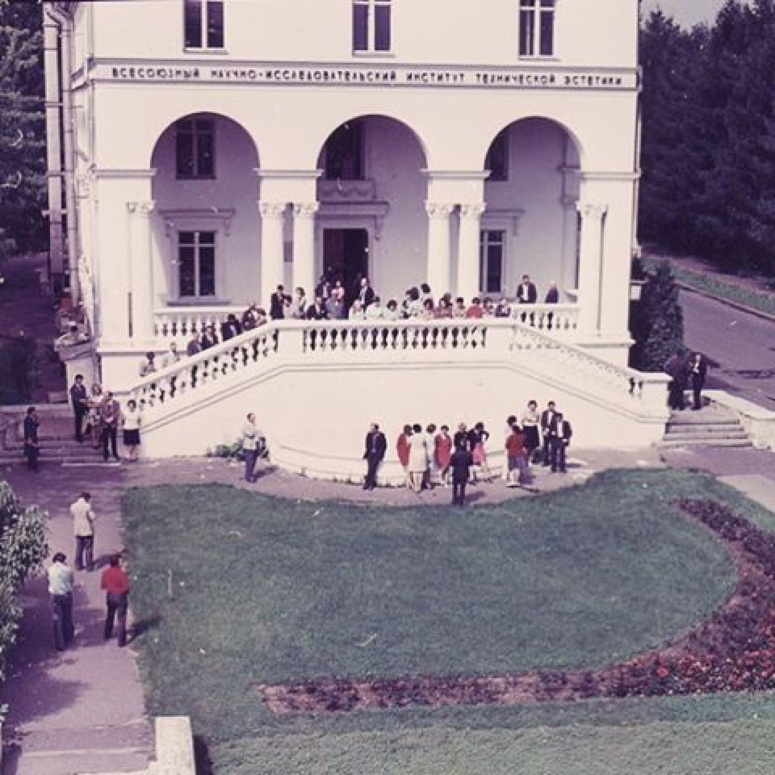
Marina Loshak invited us to be a part of the new cultural institution situated in the Manege, and it was a great opportunity for us to start our exhibition activity. Our first exhibition project was devoted to the Soviet design – a subject that is absolutely unknown and underestimated, even in Russia. It was a great success! The exhibition was attended by more than 160,000 visitors. The next morning after the opening, people stood in a huge line in order to see it. It was also a crucial moment for us on all levels. While working on the exhibition, we became acquainted with some Soviet designers who started donating their private archives and collections to our museum. As a result, MDM now has a unique collection that reflects our heritage across many design fields. It is a real treasure trove.
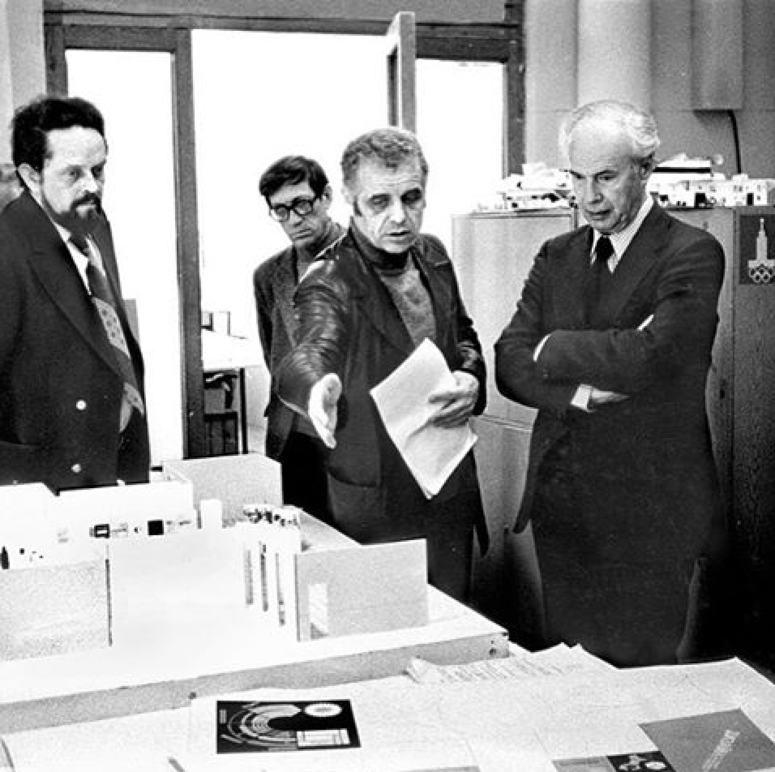
After this first success, we organised the exhibition on the history of Russian packaging. We wanted to show not only its best examples, but also to trace its evolution through the history of art from the nineteenth-century up to present-day. Now, after almost five years of hard work, we have achieved a lot. Our team has been joined by new members - Olga Druzhinana, Julia Voronkova, Natalia Goldschtein, Alyona Sokolnikova, Ekaterina Shapkina and Svetlana Chirkova. Although we still do not have our own exhibition space, and most of our team are volunteers, we have already organised numerous exhibitions both in Russia and abroad. We have, let’s say, “occupied a niche of design” and managed to become the center of the professional community. And the most importantly, we have been successful at representing our country internationally.
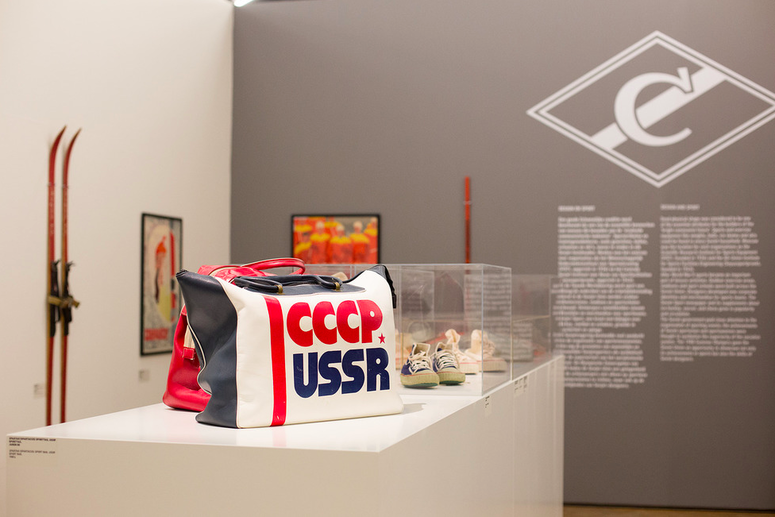
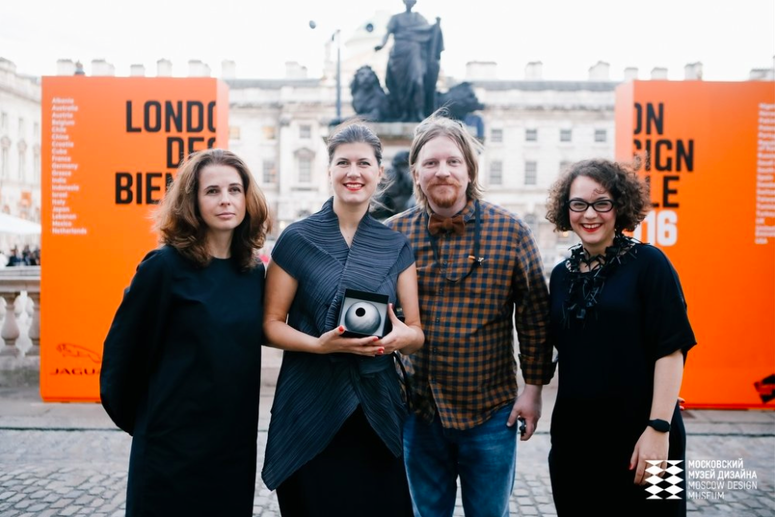
02
As part of your social mandate you focus on non-typical spaces, i.e., your museum has no official exhibition space. How do other locations in different cities and the Mobile Hall (bus) figure into your exhibitions?
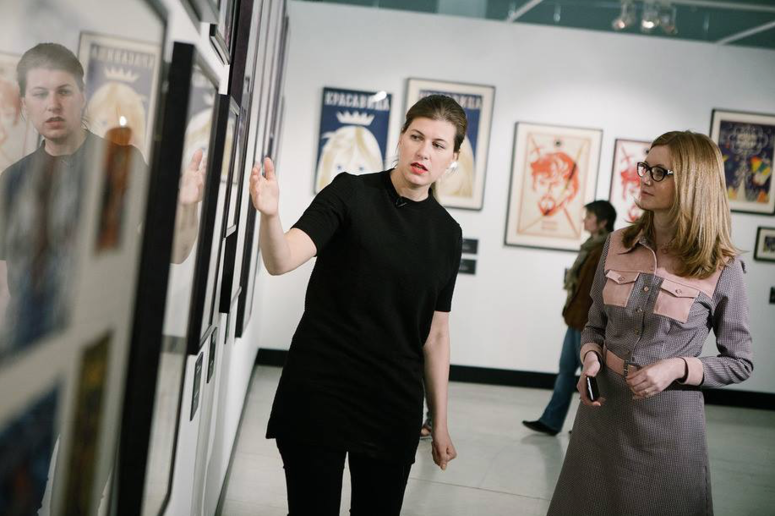
The Moscow Design Museum has an office space and a space where we keep our collections. But we have yet to acquire a permanent space for exhibitions. As a strategy we work only with prominent museums in Russia.
We prioritise access to talking to the general public in order to increase awareness and understanding around the importance of design heritage. We want to underline to the public that design deserves to be in museums.
In Russia we organised exhibitions in the Central exhibition hall at Moscow Manege, in the State Pushkin Museum of Fine Arts, and in the State Tretyakov Gallery. At first the Museum was located in the Manege, and it was there that we launched our first three exhibitions on ‘Soviet design 1950-80’, ‘History of Russian packaging design’ and ‘Dutch design’. We continue to collaborate regularly with these museums.
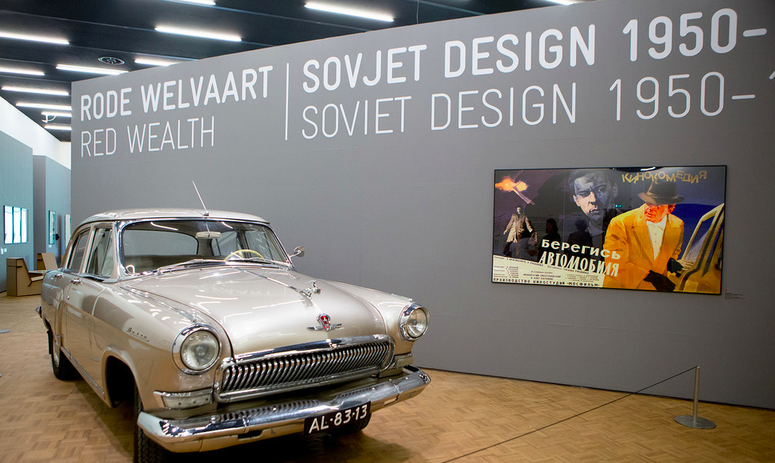
Together with the State Tretyakov Gallery we have organised a series of talks on Russian avant-garde and its influence on contemporary design and art. In 2015 our exhibition “British Design: From William Morris to Digital Revolution” was in the State Pushkin Museum of Fine Arts, and in October at the Bröhan Museum in Berlin. In March 2017 we will open our new exhibition “Legends of Danish Design” also at the Bröhan Museum.
03
Can you talk about exhibiting "Utopia by Design" at the London Design Biennale 2016?
It was a great pleasure and honour for us to take part in such an important international event. The project we presented at the Biennale was the result of the research that our small team has been conducting for more than 4 years. We were thrilled to have the opportunity to study the unique archives of the Soviet designers and to communicate with them directly. However, sometimes it is very routine work. We all are mostly volunteers, some of my colleagues are working with us part time. For all of us, being appreciated by professional community was a great reward. I always believe that the most valuable, and the most precious recognition is the recognition from your colleagues. And we were delighted that the subject matter of our exhibition, Soviet design, was interesting to the professionals from around the world as well. And of course, it was a great honour to represent our country at the First London Biennale!
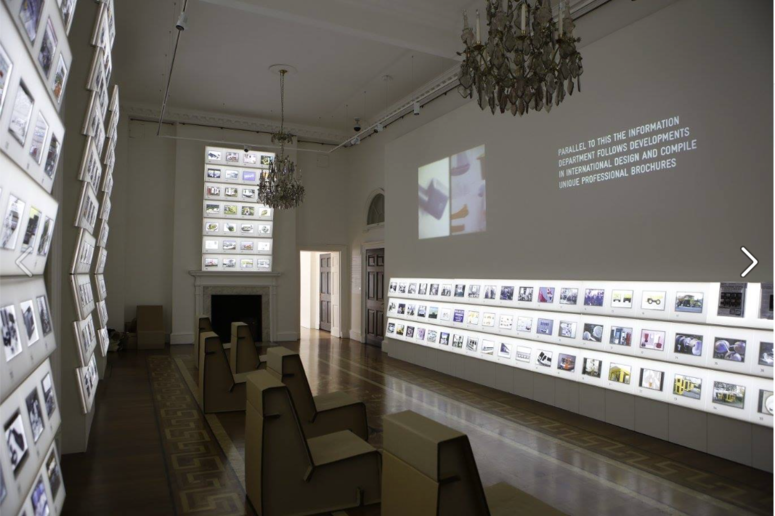
04
Do you collaborate with others? Who are your ideal partners going forward?
Being a small and new organisation, we dream of having permanent partners and sponsors. For us it is extremely important to have support from state and industrial companies. We represented the Russian Federation with at the First London Design Biennale 2016, and it was the first time we received support form the Ministry of Industry and from the State corporation ROSTEC.
We now look forward to active collaboration with design museums and design centres from all countries. We would be most happy to bring exhibitions on Russian Design around the word and to work with design councils, international industrial and commercial companies that are related to the creative industries.
The exhibition would love to show outside of Russia: the ‘Soviet Design’ exhibition that shows all aspects of Soviet design - car industry, textile, graphic design, sports, music, toys and so on; ‘Discovering Utopia: Lost Achieves of Soviet Design’ which shows the projects of the All-Union Scientific and Research Institute of Technical Aesthetics and day-to-day activities in this Soviet design studio; the “Paper revolution” exhibition that showcases graphic design of the avant-garde period of the 1920’s; and the “Textile/Propaganda” exhibition that explores the range of propaganda themes used by soviet textiles. In June, in Brussels, at the Art& design Atomium Museum we are opening the 'Paper Revolution' exhibition devoted to Russian graphic design of 1920-1930s. This is very exciting subject matter, and we have in our collection some unique pieces of Russian graphic design that we would love to represent to a wider European audience.
The Moscow Design Museum is preparing an upcoming exhibition on Danish design in collaboration with Anne-Louise Sommer, Director of Danish Museum of Art & Design, Christian head of exhibitions and collections of Danish Museum of Art & Design.
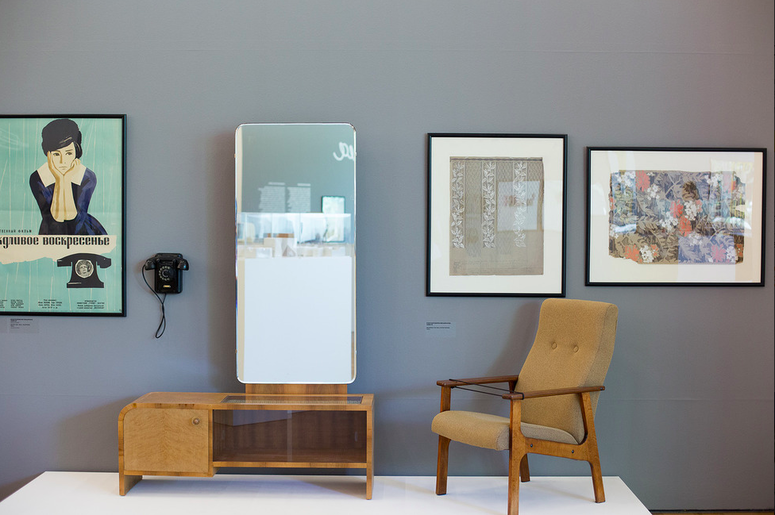
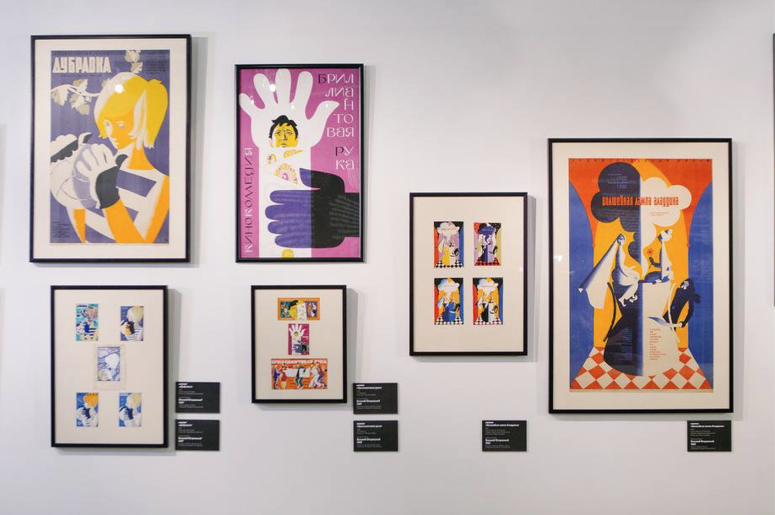
05
NTV has filmed the MDM office to create 12 programmes about design objects related to 2017. What is the latest news on that programme?
We had already made several documentaries for Russian State TV Channel Сulture when we began this ongoing project working on historical documentaries dedicated to British Design, Swedish design and Russian design. The Russian design series will be broadcast in April 2017. Afterwards we are going to show it at design festivals and design forums. We also would like to send this film to design schools and design museums all over the world. As far as I know, up until now there aren't any documentaries on Russian design that give a complete overview of Russian design - from avante-garde up to present-day.
We also carried out a special project with RIA Novosti, a big international information agency that was connected to our collection. For this project, we were telling stories about objects from our collection. All of them are the part of the Soviet material culture that every person in Russia experienced, and some people still have, physically in their homes today. So these materials are relevant to the cultural memory of all Russian citizens. That is why this project will be of great interest to the general public. We have been doing this same project for more than a year in collaboration with the NTV TV channel.
06
Can you talk about the museum’s overall mission to focus on Russian design stories and to preserve the history of Russian design?
We are the only museum collecting materials on Soviet design - things that no one cared for before. The core of our collection is devoted to Russian and Soviet design: approximately 15% is from 1920-1950, 70% is 1960-1990, and 15% is contemporary design.
We fear losing everyday people's archives. Our main tasks are to collect and promote our design heritage, and we are really working on this nearly every day. Our team is small, and the individual people we collect from require time and attention, particularly when we meet the older generation to record their personal stories and work together on their private archives — which they are donating to MDM.
We also publish books, make exhibitions, and do a lot of promotional work. It’s a shame we are not able to do much more! And we regret the very limited space we have for the collection. That is why we cannot accept many objects from contemporary Russian and foreign designers but we hope that one day we will have our own space and we will be able to develop these aspects of our collection.
07
In what ways is VNIITE (All-Union Scientific Research Institute for Technical Aesthetics) a model for MDM?
In 1962 VNIITE (All-Union Scientific Research Institute for Technical Aesthetics) was founded by the Soviet government. The first Director of VNIITE was Yuri Solovyov. The main goals were to promote design, to improve the quality and design of the Soviet products.
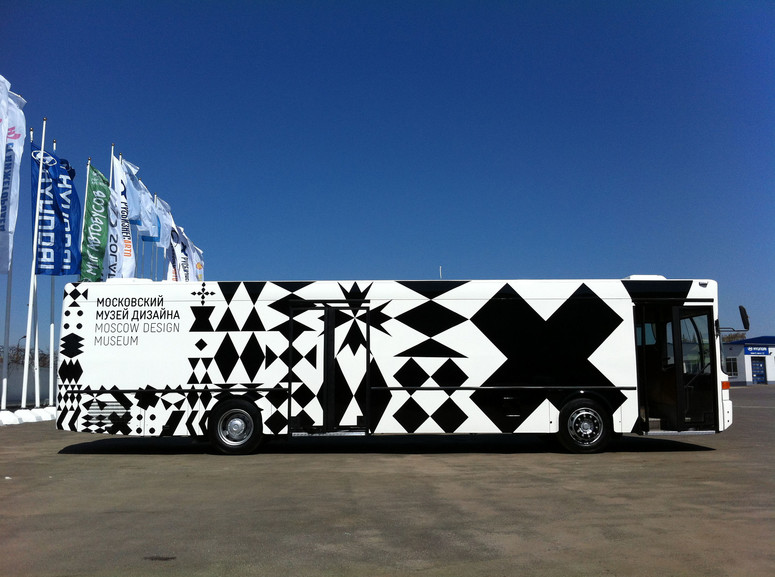
In the 1960s, design in the USSR became part of state policy. In 1962, VNIITE - the All-Union Research Institute of Technical Aesthetics - was founded in Moscow. VNIITE became the main organisation responsible for design in the USSR.
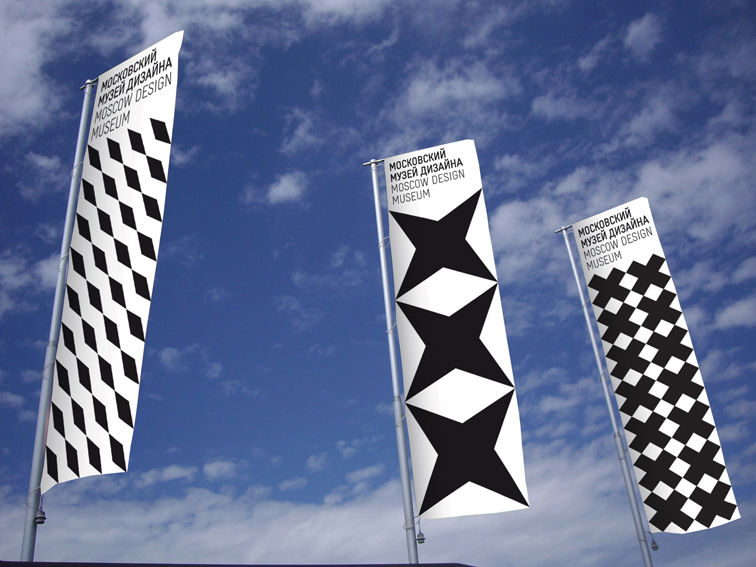
VNIITE was headed by Yuri Solovyov (right). The Institute was involved in elaborating and implementing methods of artistic design, determining design requirements for goods, carrying out scientific research, offering education in the field of design and developing international relations.
VNIITE had 10 branches in the Soviet republics and main cities, and collaborated with engineers and designers of the big industrial factories. In 1977 VNIITE opened a unique design center – the Center of Technical Aesthetics which was placed in the very center of Moscow at Tverskaya street. The Center had two tasks. First of all, to promote design methods in order to implement them into production. Secondly, to educate designers from VNIITE and different Soviet cities. There were many exhibitions devoted to the range of the products and prototypes from different Soviet factories. In a way, we can say that the Center of Technical Aesthetics was the first Soviet design museum.
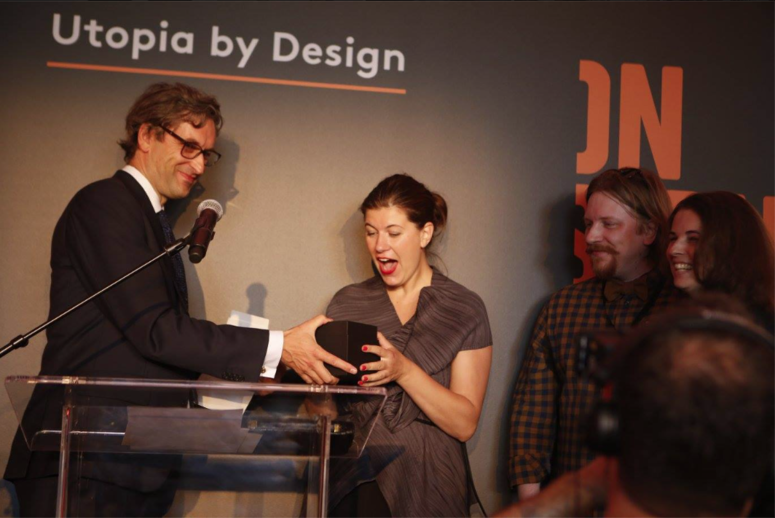
In the 1990s, after the collapse of the USSR, the greatest part of the archives and prototypes from the Center were lost. Some of them were just thrown away. The only ones that remained were some private documents and notes of Irina Kostenko, the Director of the Center at the time. We are so happy that Irina has donated these materials to the Moscow Design Museum. When we were creating our museum, we were looking back at the international experience in this field: how collections were created, what kind of exhibition and educational programmes they developed. However, we could not adopt European and American models entirely because we were working under absolutely different circumstances. We have had to be very creative and always come up with out-of-the-box solutions!
08
What is MDM working on now, and what are some of your long-term visions for the museum?
With all of the archival material we presently have, we would like to make them available for all design researchers interested in this subject. We would be happy to put them online so everyone can have access to these unique materials which have never been published before.
Another very important goal is to find a building for the museum and organise a permanent exhibition devoted to the history of Russian design. There are so many design schools, designers and people who are interested in Russian design. Our heritage in this field is very popular in the world and we would be happy to promote it to all.
We also would like to create "a home" for all contemporary Russian designers, to have, in particular a special place to communication with them.
We are going to make publications based on our archives, publish books on Russian design history in different languages, and continue to create a lot of exhibitions. As far as our exhibitions are concerned, we are working in two directions - exhibitions related to the Russian design both in our country and abroad, and exhibitions devoted to the best examples of the international design. We feel that it is necessary for the Russian audience to learn more about the international design scene.
In order to fulfil all these dreams and plans we would be happy to collaborate with designers and design institutions.
March 2017
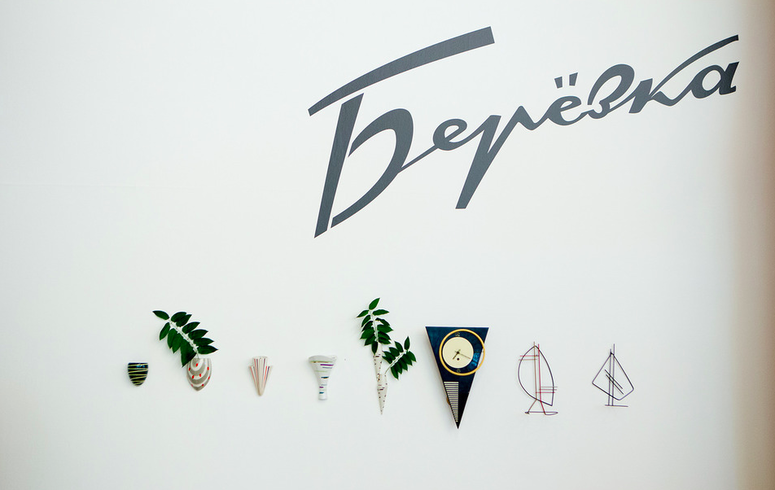
The Moscow Design Museum was found in 2012 by a team of young designers (from left to right) Olga Druzhinina - director for development, Alexandra Sankova museums director and co-founder Stepan Lukianov / art director, co-founder, Natalia Goldchteine - International Projects.
Alexandra Sankova ...a little background story: After graduation Alexandra worked as graphic designer for some time but soon switched to organising design contests and exhibitions. Working in the Dutch Embassy in Moscow as curator of contemporary art and design projects she realised there was no institution in Russia that promoted design on the regular basis. This is when the idea to create a design museum came to her mind. She had no building or funding so the first thought was to get some kind of vehicle and make the museum mobile. Design Museum in a horse carrier? in a bus? She gathered a team, found like-minded people who could help her, and less than in one year her idea turned into operating Moscow Design Museum with its first exhibition taking place in the very heart of Russia - in the exhibition hall right next to the Red Square. "We knew there would never be a design museum in Russia unless we started it ourselves. We had no time to wait. We decided to act!".
For more images from MDM see the instagram takeover @theicod
